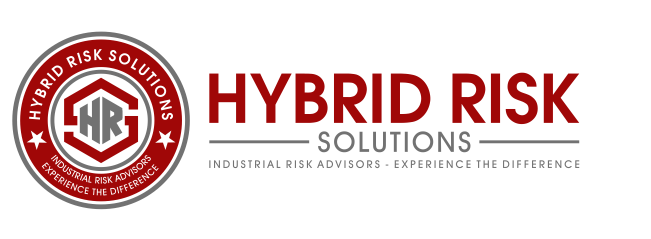A construction site’s workers may have hundreds of things on their mind in the hours before starting work. It is no wonder that a common struggle at jobsites throughout the country is focus. Supervisors and other project stakeholders try multiple strategies to get workers to focus on safety on the jobsite, to care about their fellow workers, and ultimately the site’s safety performance.
An Imbalance in Priorities
A successful project requires a few basic concepts to be in balance: safety, quality, and productivity. These three concepts are often competing priorities, constantly jockeying for the attention of workers, their supervisors, and project management. Often, a worker’s focus is on two of the three items at any given time, with safety usually being the last of the three to be considered. This should not be construed as workers not caring for safety, the fact is that other priorities seem more important based on what a particular site’s supervision conveys as urgent.
The concepts seem simple enough, so why is it so hard to balance safety, quality, and productivity? A New York Times investigation into fatalities on construction sites found that shortcuts were often taken on jobs due to a push to finish the projects as fast as possible.
Supervisors that focus on productivity often place safety as a low priority, or afterthought. This urgency, whether it is legitimate or not, often results in minimal training for the workers and lack of supervision in the field, as the 2015 New York Times investigation also concluded. Simply, supervisors do not take the time to convey safety as a priority that rates as high as finishing the project on-time and under budget.
We’ve discussed Peter Drucker’s famous quote in previous posts – “what gets measured gets improved” – and that concept applies here. When productivity receives all the attention from supervisors, the workers follow suit. However, there is hope. By harnessing technology to simplify the hazard recognition and correction process, even on a fast-tracked job, safety can be a priority that receives as much attention as productivity.
Leverage Real Time Data for Cultural Change
The Haz-Trac app allows safety data to be reported, tracked, and acted upon in real time. This real-time focus mimics how productivity and quality are traditionally approached on a jobsite – with urgency.
While it is important to identify hazards and quickly correct them, identification of positive observations drives more positive and proactive behavior. When Haz-Trac is first rolled out at jobsites, it is intuitive to use because most everyone is familiar with smartphones and apps. The quick understanding of use allows the workers to immediately begin reporting negative site conditions, the typical laundry list of physical hazards that need to be fixed.
Eventually, programmatic concerns are reported and identified via trends. Finally, positive observations begin to roll in – workers “catch” their coworkers doing the right thing for safety and report them so they receive recognition.
The Haz-Trac app gains momentum when the negative conditions are fixed and workers see that supervision is supportive of this process. Quick identification of negative site conditions and behaviors can minimize or prevent injuries, property damage, and other causes of loss on a jobsite.
Whether the observations are positive or negative, identification of conditions in real-time are invaluable towards keeping a finger on the pulse of a jobsite. The notification and tracking features of the Haz-Trac app allow project stakeholders to make immediate course corrections, which encourages workers to continue to focus and care about site safety.








